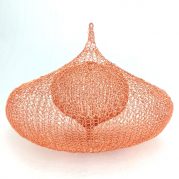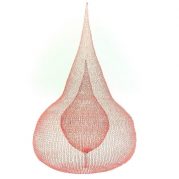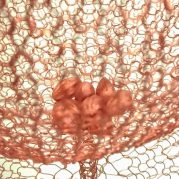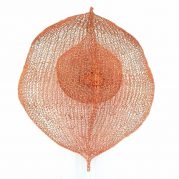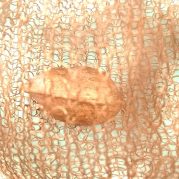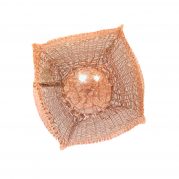This series explores the idea of the Sixth Mass Extinction, a current and ongoing extinction event due to human activity. It is estimated that between 200 and 2,000 species of plants and animals become extinct every year. Some media attention is given to the extinction of animals. Yet, very little is known about the loss of plant species around the world.
My ancestral home, Taiwan, is a small island with diverse natural environment, supporting a wide range of flora of over 4,000 plant species. And yet, with the current rate of destruction, a mere 2 years would be equivalent to wiping out the entire range of native Taiwanese flora.
Through documenting native species of Taiwan that may be lost in the future, this installation work aims to create a space that draws references to a future Natural History Museum, a seed vault, an ark preserving plant species, or a future mausoleum for plants. Further, inspired by The Savlbard Global Seed Vault in Norway, where agricultural seeds have been gathered and stored from all over the world as a safe measure against potential natural or man-made crises, this work will explore ideas of preservation and extinction, the natural and the artificial, the permanent and the ephemeral.
For this project, seeds of native plants from Taiwan are collected, dried, and preserved within a layer of copper. A special electroforming technique is used to build a layer of copper over the seed, leaving the seed intact and protected inside. Then, copper wire cage-like structures are constructed around each seed representing a unique species. The shape of each cage/sculpture mimics the shape of that species’ seedpod, and these cages are constructed by using the traditionally feminine craft of knitting to ‘enwomb’ the copper-encased seed. Drawing references to the womb, seedpods, time capsules, and birdcages, these wire sculptures reflect life suspended in time.
However, the copper used to both preserve the seeds and also to construct the wire sculptures will also tarnish and corrode over time, paradoxically making them temporal in nature and reflecting decay.
- Coix lacryma-jobi
- Coix lacryma-jobi (detail)
- Melia azedarach
- Melia azedarach (detail)
- Heritiera littoralis (side view)
- Heritiera littoralis (top view)
- Heritiera littoralis (front view)
- Heritiera littoralis (detail)
- Barringtonia racemosa
- Barringtonia racemosa (bottom view)
- Barringtonia racemosa (detail)



